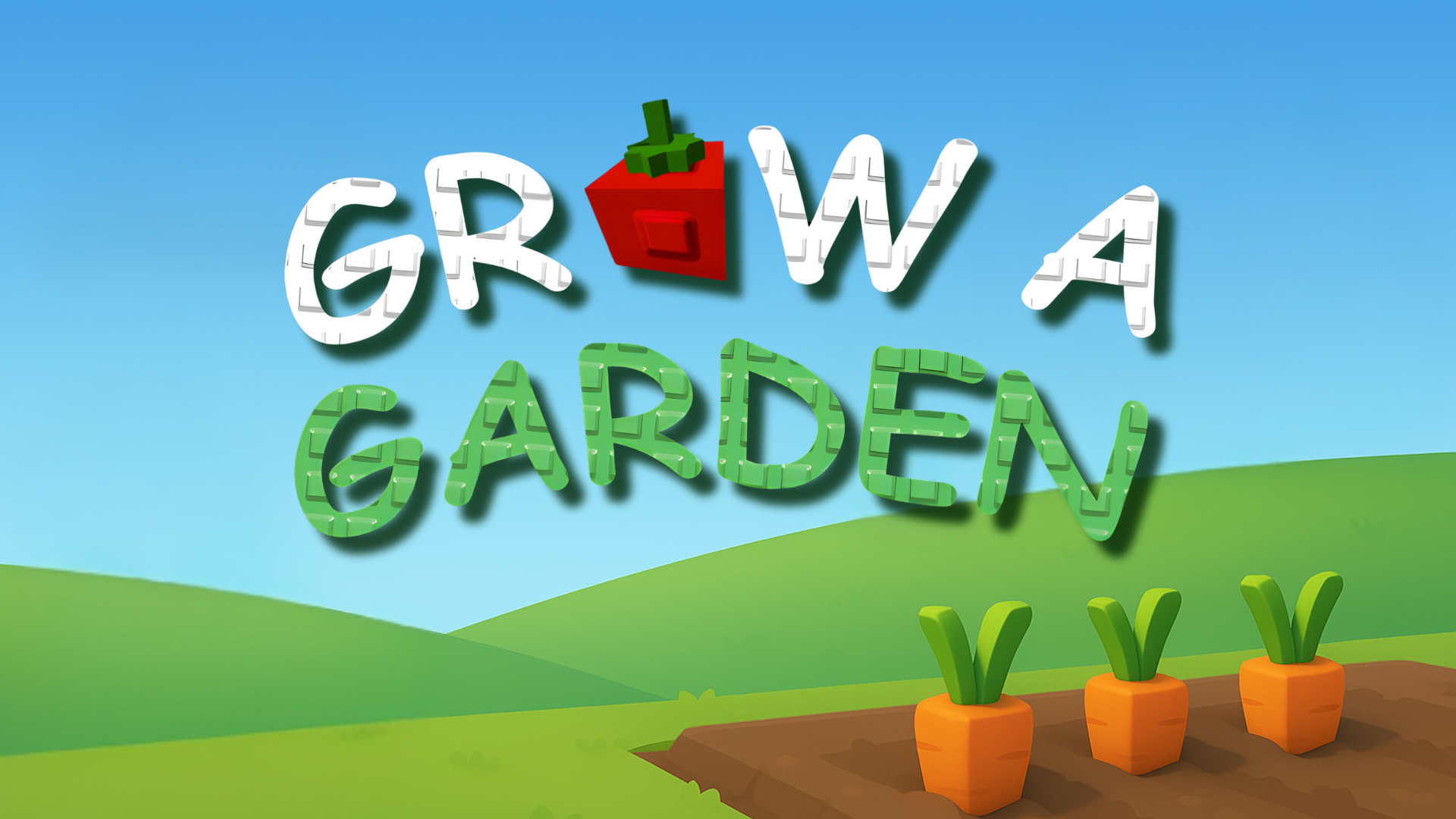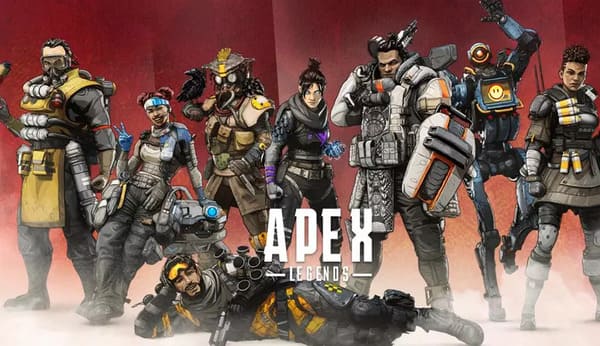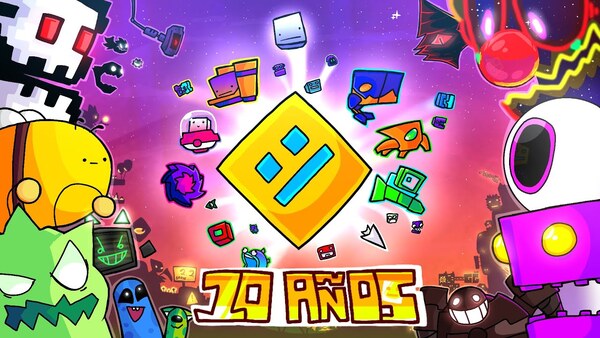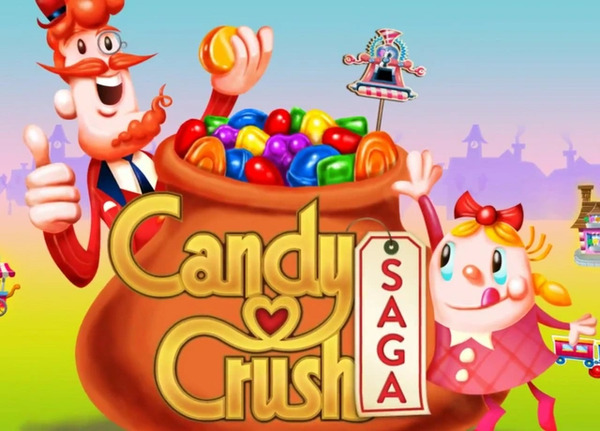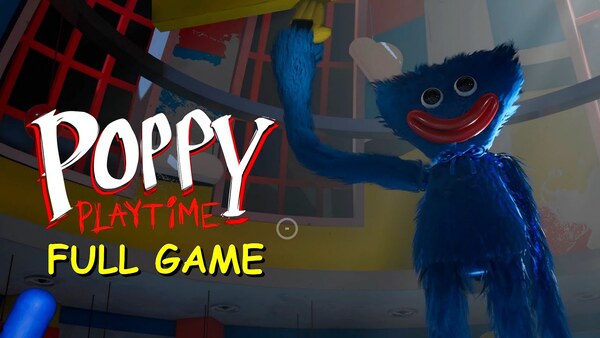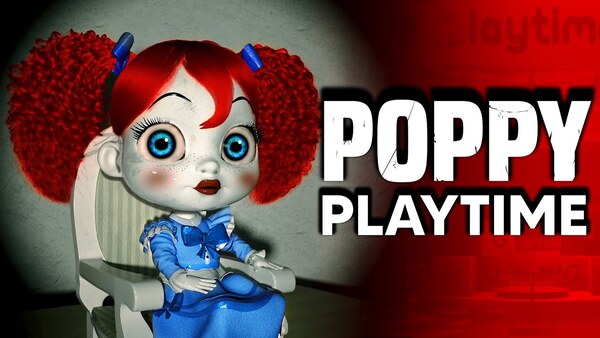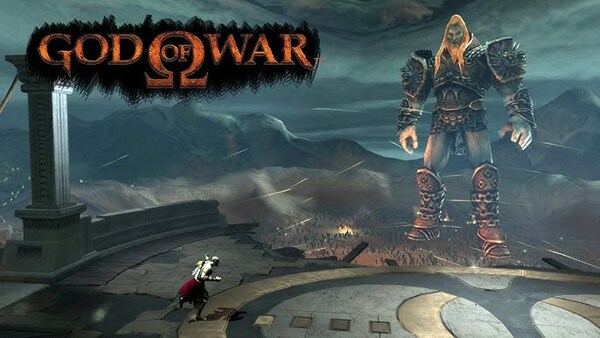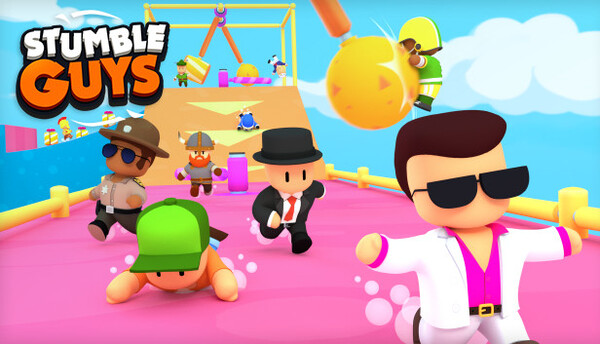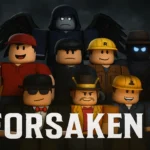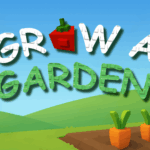Introduction
In a digital world dominated by fast reflexes, battle royales, and chaotic multiplayer showdowns, Grow a Garden on Roblox offers something refreshingly different: stillness. Yet, despite being a calm, quiet game about planting seeds and watching them grow, it’s become one of the most played games on the internet.
What makes this virtual garden so universally appealing? Why are players across all ages returning to water flowers, trade seeds, and quietly decorate their plots day after day?
Let’s dig deeper into the emotional, psychological, and gameplay reasons why Grow a Garden continues to capture millions of hearts—and what makes it a modern masterpiece in minimalist game design.
1. The Core Loop: Simplicity That Feeds the Soul
At its heart, Grow a Garden has a very basic loop:
-
Plant a seed
-
Water it over time
-
Harvest the grown plant
-
Sell it for coins
-
Use coins to expand or buy more seeds
This loop is easy to understand in under five minutes, which is key to why it pulls players in so fast. There’s no overwhelming interface, no complex combat system, and no learning curve. It's universal, gentle, and oddly satisfying.
For children, it's fun.
For adults, it’s therapy.
2. The Cozy Factor: Calm, Custom, and Creative
Cozy games like Animal Crossing, Stardew Valley, and now Grow a Garden succeed not because they challenge us, but because they offer us control in a stress-free world.
In Grow a Garden, players have complete freedom to:
-
Design their garden however they want
-
Choose which plants to grow
-
Decorate with lights, fences, ponds, and art
-
Create peaceful routines that suit their time and mood
There’s no failing. There’s no punishment. You move at your own pace. That’s why the game connects so strongly with people who want an escape—not another competition.
3. The Joy of Growth: Real Rewards from Fake Plants
Strangely enough, watching your virtual plant grow brings a very real sense of achievement. Whether it's a glowing sunflower, a massive carrot, or a rare mutated bloom, every successful harvest feels earned.
Psychologically, this taps into:
-
Progression satisfaction – the joy of seeing visible improvement
-
Collection instinct – unlocking new seed types or rare plants
-
Ownership – building something and calling it yours
Even the watering process, which could feel like a chore, is made rewarding by sound cues, colorful animations, and visual feedback.
4. Seasonal Magic & Mystery: Keeping It Fresh
What keeps players coming back beyond the initial novelty? Grow a Garden thrives on seasonal updates and random events, which serve as both:
-
Gameplay refreshers, and
-
Social motivators to stay active.
Spring may bring cherry blossoms, while autumn offers spooky pumpkins or ghostly roses. Limited-time seeds and decorations make every season feel like a mini-holiday.
Then there’s the mutation mechanic—a brilliant randomizer that causes certain plants to evolve into unexpected variants. This tiny mystery keeps players constantly curious.
5. Social Gardening: Quietly Competitive
Unlike most multiplayer Roblox games, Grow a Garden isn’t built for loud, in-your-face interaction. Instead, it fosters light social play:
-
Visiting friends’ gardens
-
Leaving compliments
-
Sharing layouts
-
Trading rare seeds
-
Competing on event leaderboards
This gentle social layer helps players feel part of a community without ever being pressured. It's social—but serene.
6. Monetization That’s Both Helpful and Harmful
The game is free to play, but like many Roblox games, it offers Robux-based features:
-
Speed-up timers
-
Special event seeds
-
Exclusive garden decorations
-
Paid tools to "steal" from inactive players’ gardens (controversial)
While monetization allows dedicated fans to support the game and unlock cool bonuses, it does risk imbalancing progression for younger players who can't—or shouldn't—spend money.
That said, the free content is still generous, and most key features can be accessed without paying.
7. The Downsides: When the Garden Grows Too Much
No game is perfect. While Grow a Garden has tons of charm, there are areas where the experience can falter:
-
Repetitiveness: Without events or new seeds, the gameplay loop can grow stale over time.
-
Late-game burnout: Once your garden is massive, the sense of progression slows down.
-
FOMO pressure: Limited-time events make players feel like they must log in daily or miss out.
-
Lag: Large, heavily decorated gardens can lead to performance drops, especially on mobile.
-
Questionable mechanics: Features like paid garden theft create discomfort among some users.
Still, these issues don’t stop the core experience from remaining fun for the majority of its audience.
8. Why It Works: Emotional Anchors in Digital Soil
Ultimately, what makes Grow a Garden so successful isn’t just gameplay—it’s emotion. It taps into:
-
Nostalgia – reminding older players of backyard gardens, tamagotchis, or their first sim game
-
Creativity – offering endless design and personalization options
-
Consistency – creating a gentle habit loop that soothes rather than stresses
-
Control – letting players craft their own peaceful corner of the Roblox universe
In a world where real life often feels chaotic, Grow a Garden offers a soft, quiet refuge—and millions have accepted the invitation.
Final Thoughts
Grow a Garden is more than just a game—it’s a digital sanctuary. In an environment that encourages peace, creativity, and growth, it gives players a sense of accomplishment without stress, and beauty without chaos. It’s a reminder that sometimes, the most powerful games are the quiet ones.
Whether you’re an eight-year-old planting your first digital daffodil or an adult winding down after work, Grow a Garden offers something valuable: time well spent.
